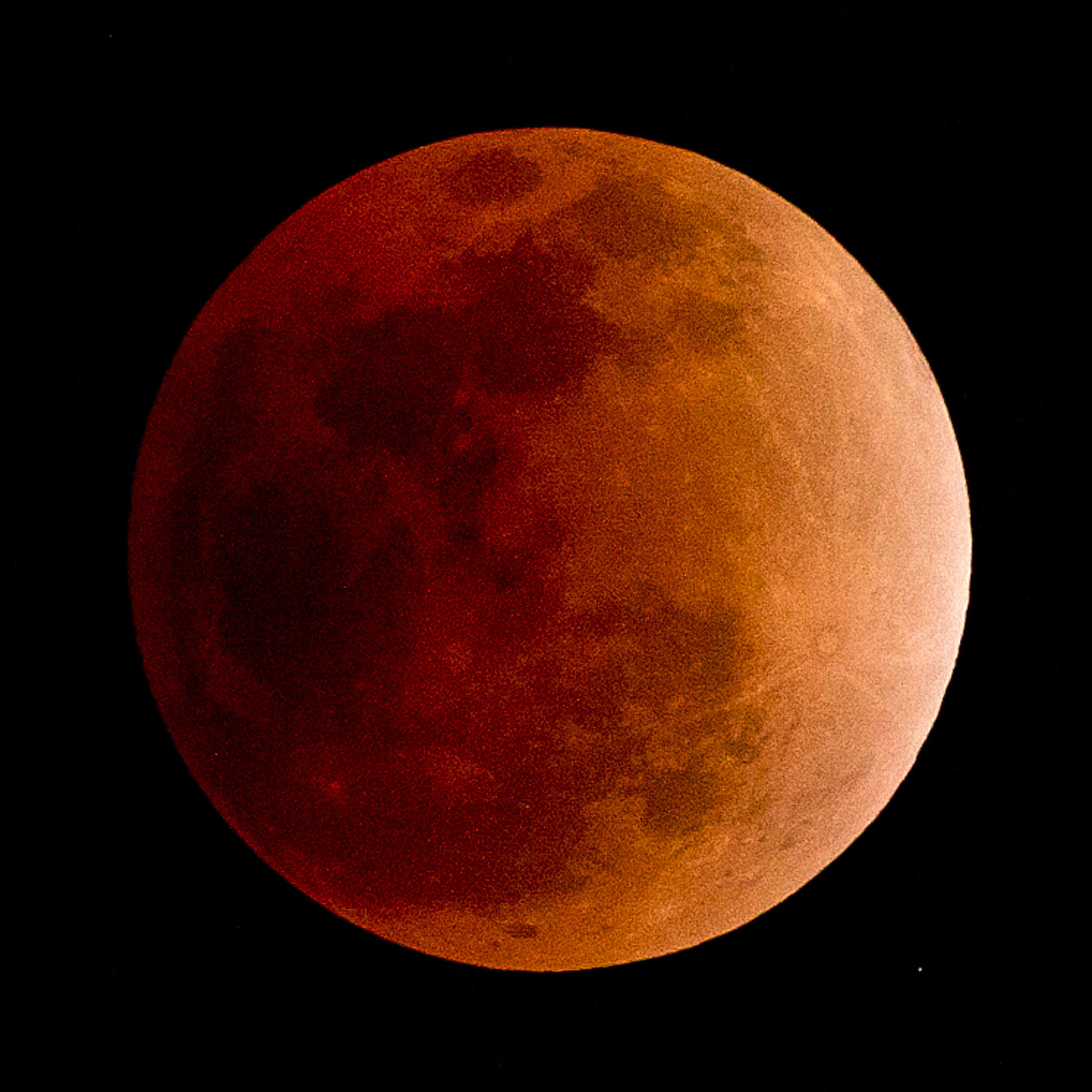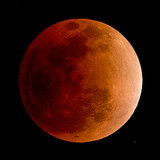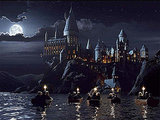How to See the Lunar Eclipse Blood Moon
What's Black, White, and Red All Over? Tonight's Blood Moon
Tonight, at approximately 11 p.m. PDT/2 a.m. EDT, the moon will align with the Earth and sun, resulting in a spectacular crimson-colored sight called the blood moon. April 15's (April 14 to you West Coasters) total lunar eclipse is the first of four eclipses this year (April 29, Oct. 8, and Oct. 23 will also experience celestial phenomenons) — and part or all of the Western Hemisphere (that means you, USA) can see them all, a rarity according to NASA. In fact, before the 20th century, lunar eclipses occurring with this frequency (called a tetrad) had not taken place for 300 years!
 Source: Getty / NICOLAS ASFOURI
Source: Getty / NICOLAS ASFOURI
How long will it last?
The "blood moon" will last about an hour. It'll begin when the moon begins to pass behind the Earth. You will see the Earth's shadow pass slowly across the moon's surface.
Who will see it?
Both North and South America will experience the entire eclipse. The western Pacific, including Australia's eastern coast, will miss the first half of the eclipse. Western Europe and most of Africa are able to see the blood moon just as the eclipse begins. Northern Europe, Russia, eastern Africa, the Middle East, and Central Asia will not be able to see the eclipse at all.
When does it start?
The moon will begin to move into Earth's penumbra shadow at 11 p.m. PDT/2 a.m. EDT, but viewers won't see the "blood moon" until an hour after that, approximately 12 a.m. PDT/3 a.m. EDT, when it moves into Earth's umbra.
 Source: NASA
Source: NASA
Why is it red?
During a total lunar eclipse, the Earth stands between the sun and moon. Some sunlight passes through the Earth's atmosphere, which filters out the blue rays, leaving behind only deep red or orange light.











































































